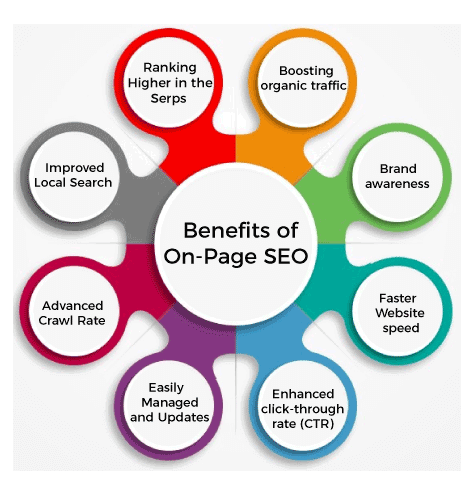In today’s competitive digital landscape, having a strong online presence is crucial for businesses. Search Engine Optimization (SEO) plays a pivotal role in driving organic traffic to websites and improving their visibility on search engines. In this article, we will delve into the fundamentals of SEO techniques and explore how to implement them effectively.
What is SEO?
SEO refers to a set of strategies and practices aimed at optimizing websites to rank higher in search engine results pages (SERPs). The ultimate goal of SEO is to increase organic traffic by improving website visibility and attracting relevant users who are actively searching for products or services.
Keyword Research and Optimization
One of the foundational aspects of SEO is conducting thorough keyword research to identify the terms and phrases that potential customers are using to find solutions. By incorporating these keywords strategically throughout website content, meta tags, headings, and URLs, businesses can boost their chances of ranking higher for relevant searches.
On-Page SEO
On-page SEO involves optimizing individual web pages to enhance their visibility and relevance to search engines. This includes optimizing title tags, meta descriptions, header tags, and alt attributes for images. Creating high-quality, unique, and engaging content that integrates target keywords naturally is also crucial for on-page optimization.
Off-Page SEO
Off-page SEO focuses on building a website’s reputation and authority in the online world. This strategy involves generating high-quality backlinks from reputable websites, engaging in social media marketing, and creating shareable content that naturally attracts attention and links from other sources. The number and quality of backlinks a website has significantly impact its search engine rankings.
Technical SEO
Technical SEO involves optimizing the technical aspects of a website to enhance its crawling and indexing capabilities by search engines. This includes optimizing website speed, mobile-friendliness, implementing XML sitemaps, improving site architecture, and ensuring proper URL structure. Effective technical SEO not only helps search engines better understand and rank a website but also enhances user experience.
Continuous Monitoring and Optimization
SEO is not a one-time activity but an ongoing process. Regular monitoring of keyword performance, website analytics, and user behavior is critical to identify areas for improvement and make data-driven adjustments. Staying up-to-date with algorithm changes and industry trends allows businesses to adapt their SEO strategies to stay ahead of the competition and optimize their online presence effectively.
Conclusion
When it comes to establishing a strong presence in the digital landscape, understanding and implementing SEO techniques is vital. By conducting thorough keyword research, optimizing on-page and off-page elements, incorporating technical SEO practices, and continuously monitoring and optimizing the website, businesses can effectively enhance their online visibility, attract relevant traffic, and achieve lasting success.

